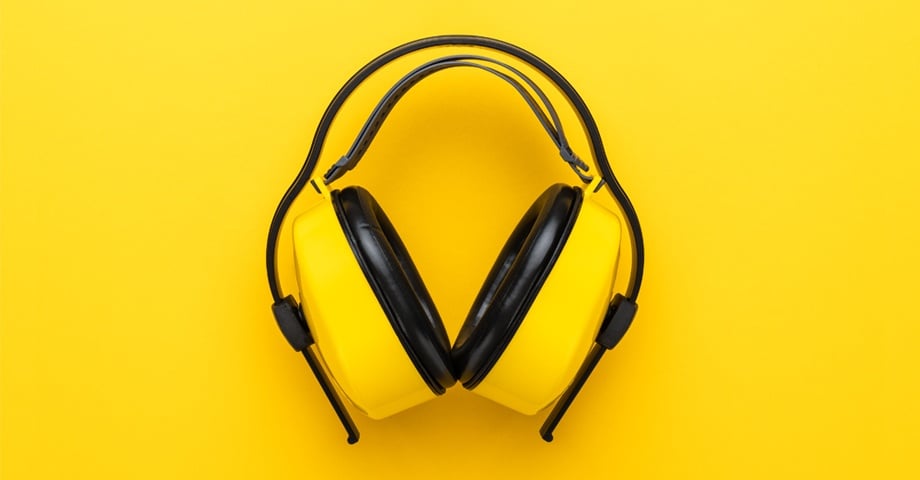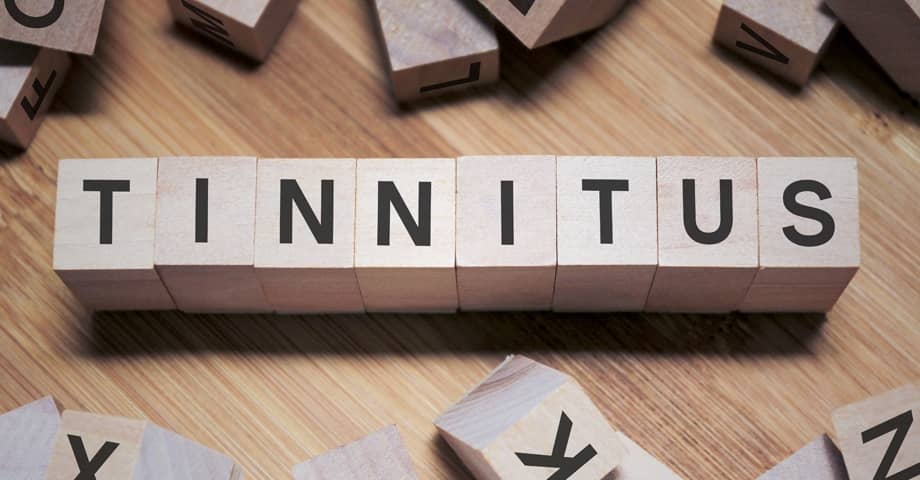4 commonly asked questions about hearing protection in the workplace
By Dr. William Cast on Apr 6, 2018 11:00:00 AM

William Cast M.D. is a retired ear, nose, and throat surgeon who started his medical career in the U.S. Army, where he was first exposed to occupational hearing loss. Today, Dr. Cast is part of the Enterprise Health team.
Q: I’m nearly deaf, do I have to wear earplugs?
A: Actually, that’s not a bad question, and there are several reasons why the correct answer is: “You’ve got to wear hearing protectors!” When I was, for a time, an Army doctor practicing ENT, our clinic oversaw 25,000 trainees each training cycle plus the base cadre. The inductees for the most part started out with good hearing, and they wore standard ear plugs on the firing range. The sergeants were a different matter. More than a few had severe high-frequency hearing losses after combat and time on firing ranges and many, if they bothered at all, would put a cigarette filter in their ears rather than scrounge up earplugs. “Too late for me,” they said. Those experiences were long ago, but the notion persists today.
I’ll reference internet information repeatedly in this article because it is, for better or worse, a primary source for healthcare information and a forum for affinity-group conversations.
On a hearing discussion blog, an employer asks for ideas on hearing protection for a locomotive operator who wears hearing aids. The blog answer from a hearing-impaired person is typical in that it is from real-life experience, heartfelt and plain wrong. Summarized: “I’m deaf. I have worked in a very noisy place and it does not affect me at all. So, why worry about it if you’re already down to 70 or 80 dB?”
Now of course, we know that hearing loss from additional noise exposure causes more loss, and we know that any residual hearing, even in the profoundly deaf, is useful and worth preserving.
For employers, OSHA “has taken the position that the requirements for using hearing protection in accordance with 29 CFR 1910.95(b)(1) and 1910.95(i)(2) apply to deaf employees.” The Agency has stated that "there is no exception (for hearing protection) for employees who have diminished capacity to hear or for employees who have been diagnosed as deaf.” (2004).
That means, even for the deaf:
- A hearing conservation program must exist
- Protection must be available for anyone exposed to an eight-hour, time-weighted average (TWA) sound level of 85 decibels (dBA) or greater, and that protectors are required to be worn if the individual has experienced a standard threshold shift (STS.)
- Protectors must be worn prior to receiving a baseline audiogram.
- Employees must be able to select hearing protectors from a variety of suitable ones provided by the employer after a proper fitting and supervised instruction for use.
- Employers must evaluate the protector’s attenuation for the specific noise environment.
What will convince hearing impaired employees to wear protection? If they’ve talked with an audiologist or sought internet advice, don’t count on consistent guidance for the hearing impaired employee who wears hearing aids. Some will be told: “You should remove your hearing aids even when wearing protective headphones. This will protect your investment from the sweat, dust, and debris that is often associated with physical activities.” Others will be told to wear ear muffs with hearing aids in place.
For vocations where work requires hearing environmental sounds, as with hunters or workers communicating with team members, hearing aids may be essential. That need prompts these questions:
Q: Can hearing aids be used as earplugs for protection?
A: Yes, to a degree, but only in moderate noise. Modern hearing aids may be equipped with software circuits for digital noise reduction, but software systems are neither alike nor equivalent. Manufacturer’s algorithms are constantly changing to address such things as wind noise, directional microphones, eliminating annoyance vs. dangers of removing siren or traffic noises, and reducing overall gain vs. reductions in sound spectrum to name a few. The average ITE (in the ear) hearing aid when vented provides less than 20 dB of protection, and unvented aids somewhat more than 20 DB. However, it is the case that many hearing aids may be less than tightly fitting and many become dislodged by movement of the jaw joint. It is best to wear hearing aids beneath ear muff protection. The “foam ear mold” will provide approximately 30 dB of protection. Ear plugs are sold with Noise Reduction Ratings (NRR) that range up to NRR 33 dB. Decibels of protection, however, requires a calculation. Example: If you are in 100 decibels of rock concert noise, deduct 7 from NRR rating (in this case 33) and divide by 2. Your new level of noise would be: 100 - (33 - 7/2) = 87 dB.
Q: Can aids be worn beneath ear muff protectors?
A: Yes, this is the preferred solution but with several added problems. First, microphone-speaker feedback will occur at higher gain settings and will differ between behind the ear (BTE) aids, ITE aids and CIC (completely in the canal) aids. The trial and error solution may be to lower the hearing aid gain. And, the aids will likely work better if they offer digital noise reduction circuitry (DNR). Second, ear muffs are likely to induce more heat and moisture requiring increased periods of ventilation. Successful users recommend dehydrating the aid after work or every night. Heat and humidity are enemies of microcircuitry. Hunters and others who shoot guns provide testimony. One hunter’s experience was that “the professionals” he asked about wearing a hearing aid beneath ear muff protectors had no answers. And so, he tried his hearing aids beneath his ear muffs. “Both devices have worked flawlessly together, and I’ve had no issues to report. I couldn’t be happier with the results. I do want to emphasize that I do take periodic breaks at the range, to allow the hearing aids to breathe, and I also place them in a moisture control device at night while I sleep. So far, so good!”
Q: What are solutions for combinations of problems — wearing a hearing aid, ear muffs and extreme noise while wearing a hardhat?
A: An analogous situation would be military use, for example being in a combat tank. When the tank’s cannon is fired, the blast noise mainly exhausts from the barrel. And with the turret open or immediately outside the tank, the sound pressure blast from a 105mm cannon may exceed 170 db, reduced at 100 Meters to 158 dB. However, the hydraulic pump that turns the 13 ton turret plus the diesel turbine engine create nearly constant noise up to 90 dB within the tank. To deal with these sound pressure levels, the Army uses CVC (Combat Vehicle Crewman’s) helmets that incorporate a hard hat, ear muff protection, automatic noise reduction circuitry, and talk-through capability (microphone and speaker) that allows conversations with team members. Noise attenuation, with both circumaural and ear insert use, with the headset plus ANR, varies with each octave band but reaches 28 to 30 dB of attenuation between 2000 and 8000 Hz, while allowing communication between wearers. Attenuation is least effective at low frequencies. For civilian use, similar equipment is available through companies serving the protective communication market. For example, one vendor offers protection for noisy environments of 105 to 150 dB with EPA labeled 32 dB of attenuation — active and passive hearing protection rating of 36 db(A.) Such systems are functional in noise fields exceeding 140 dB(A.) Obviously, extremely high-noise workplace situations that require protection while communicating by voice are uncommon. A solution for such instances requires double protection: ear inserts and noise reduction software linked to compatible microphones. Various technologies allow for communications with or without ear muffs and with or without a separate microphone. An earpiece containing both microphone and speaker with sufficient attenuation (up to NRR 32) may substitute for a hearing aid, depending on degree of hearing loss and ability to maintain ear canal position.
Bottom line — employees need hearing protection, it is a necessity for everyone!
You May Also Like
These Related Stories

New checklist helps providers ensure OEHRs meet privacy and security requirements

How to injure a fragile employee
